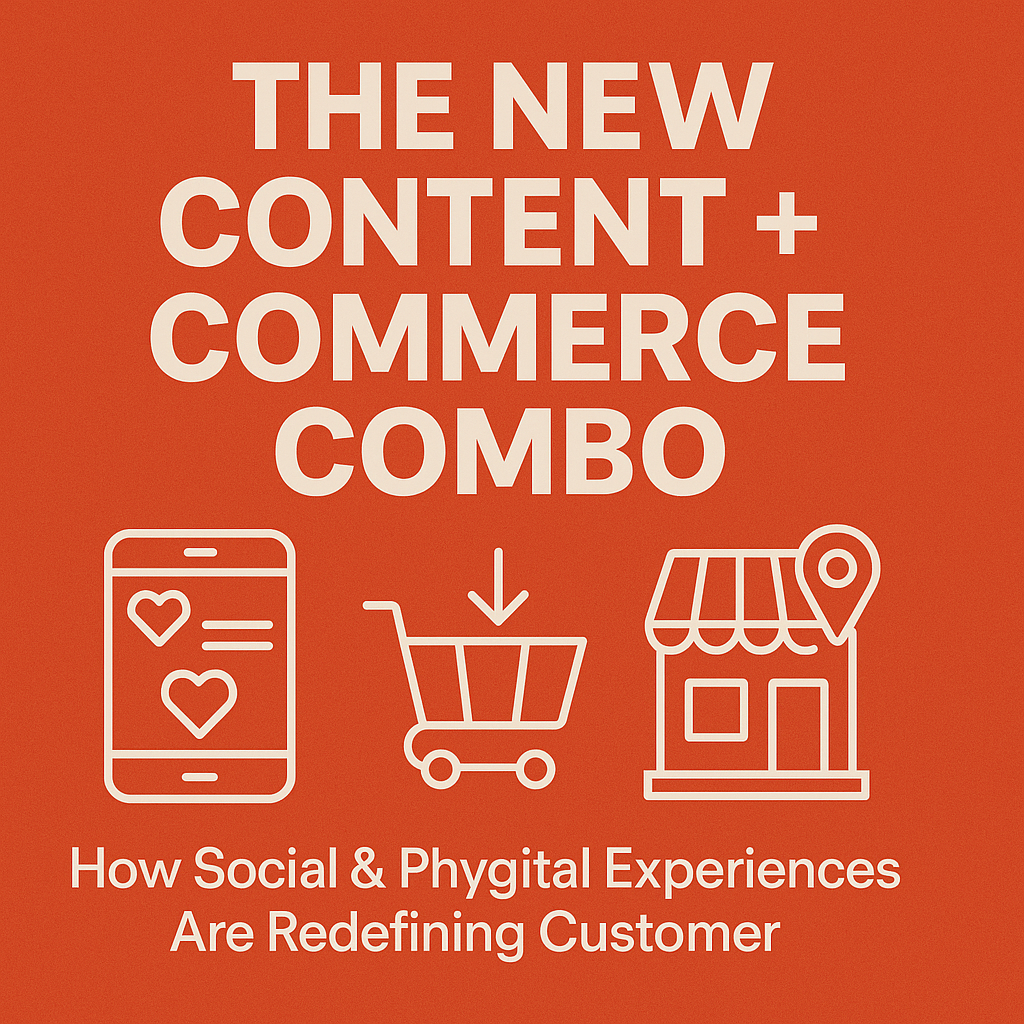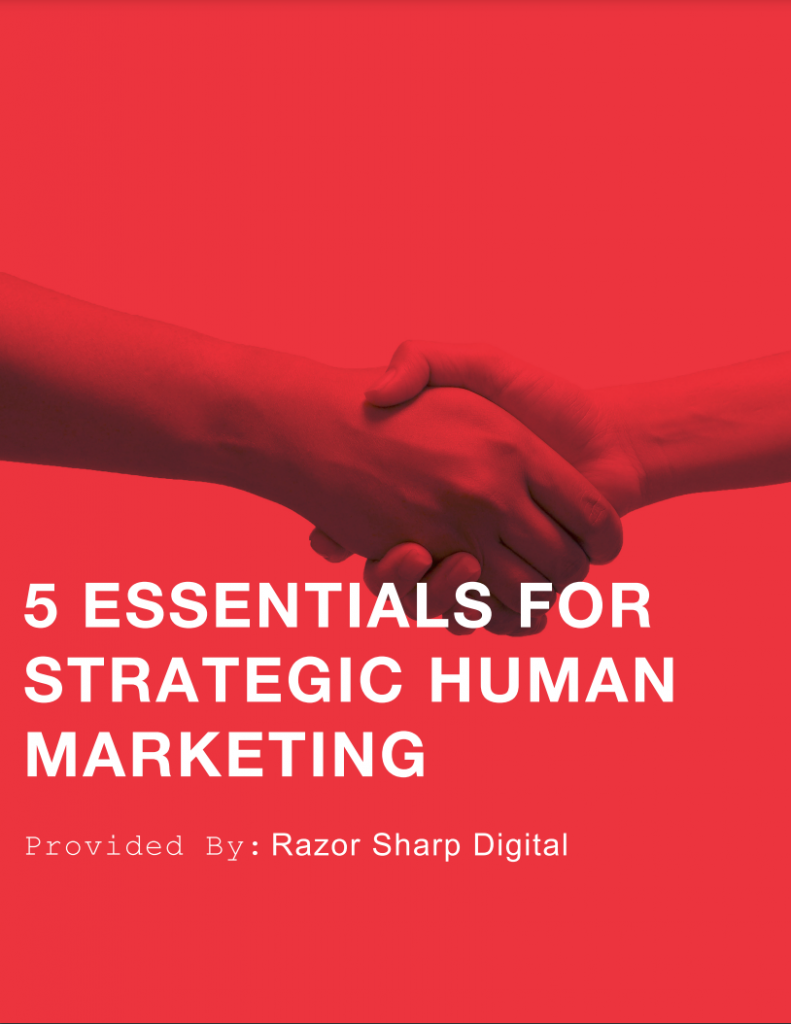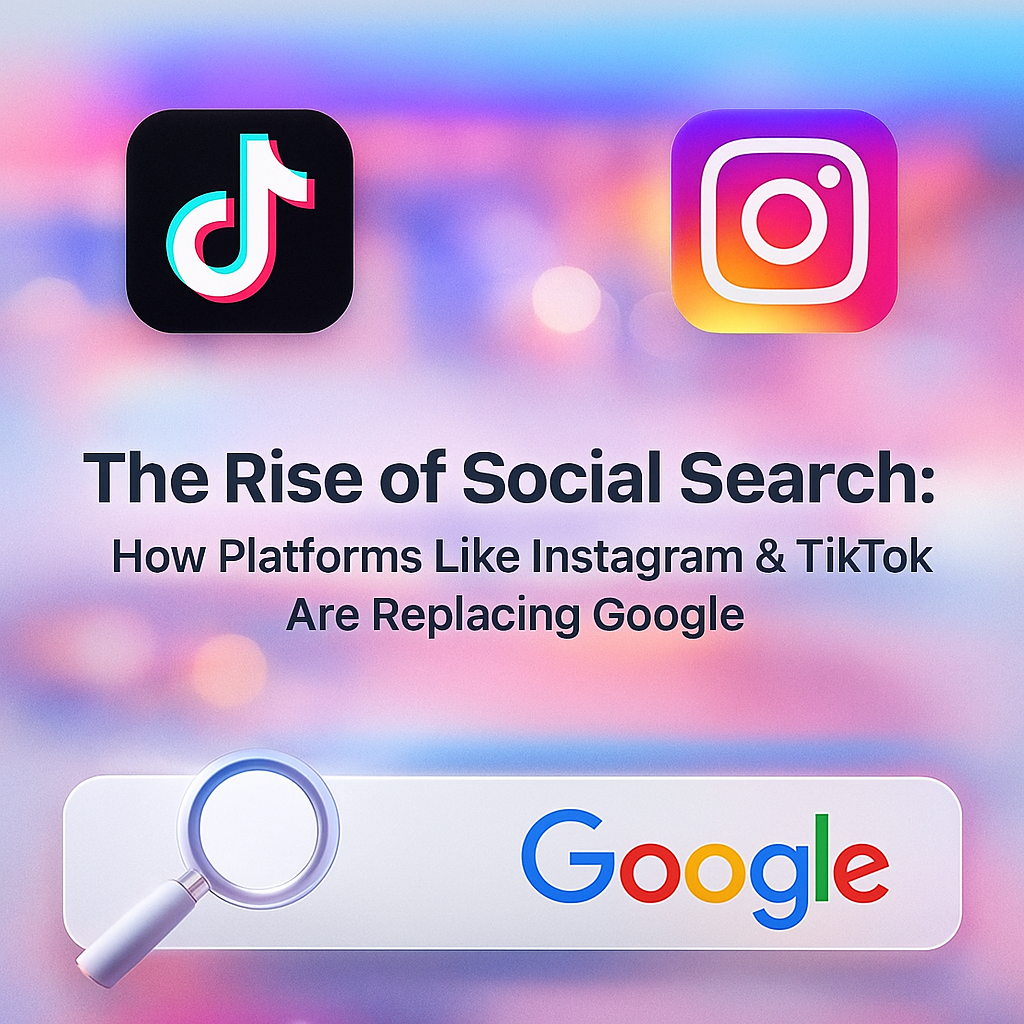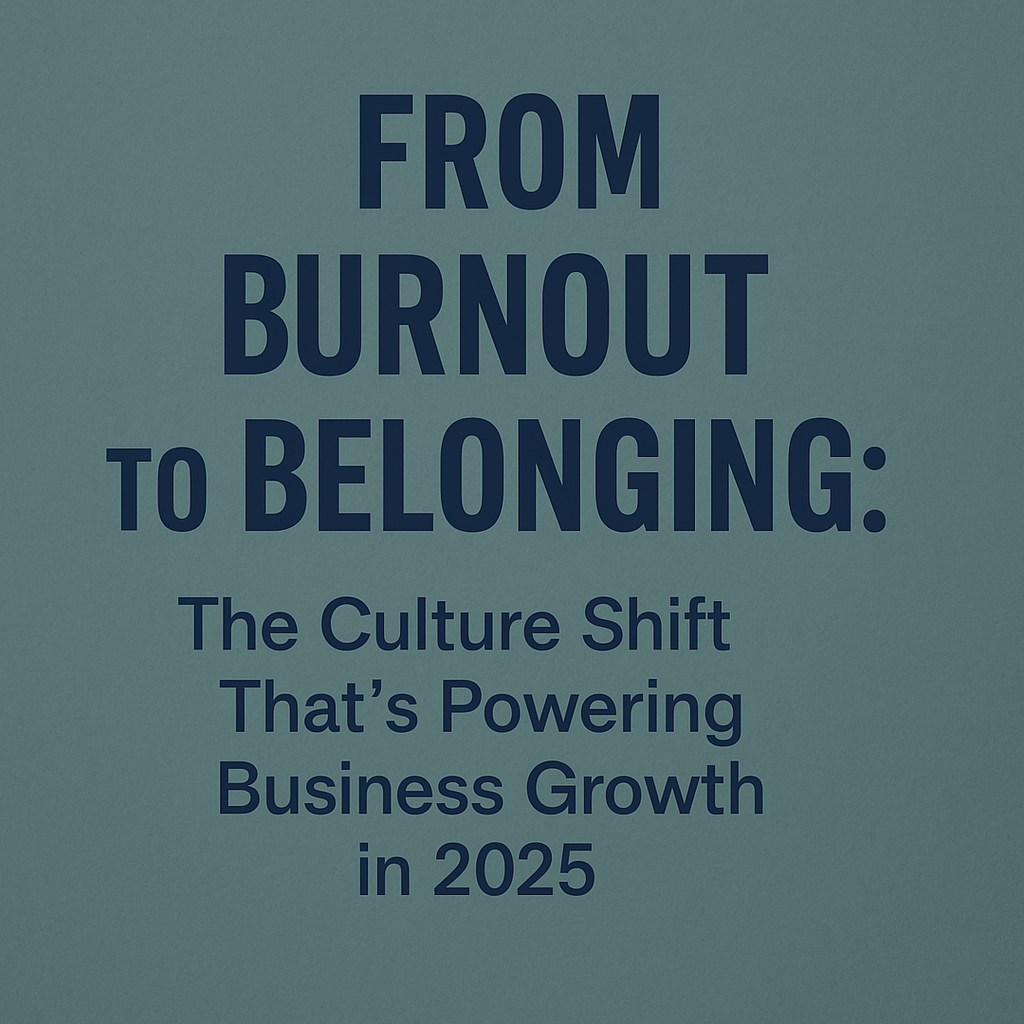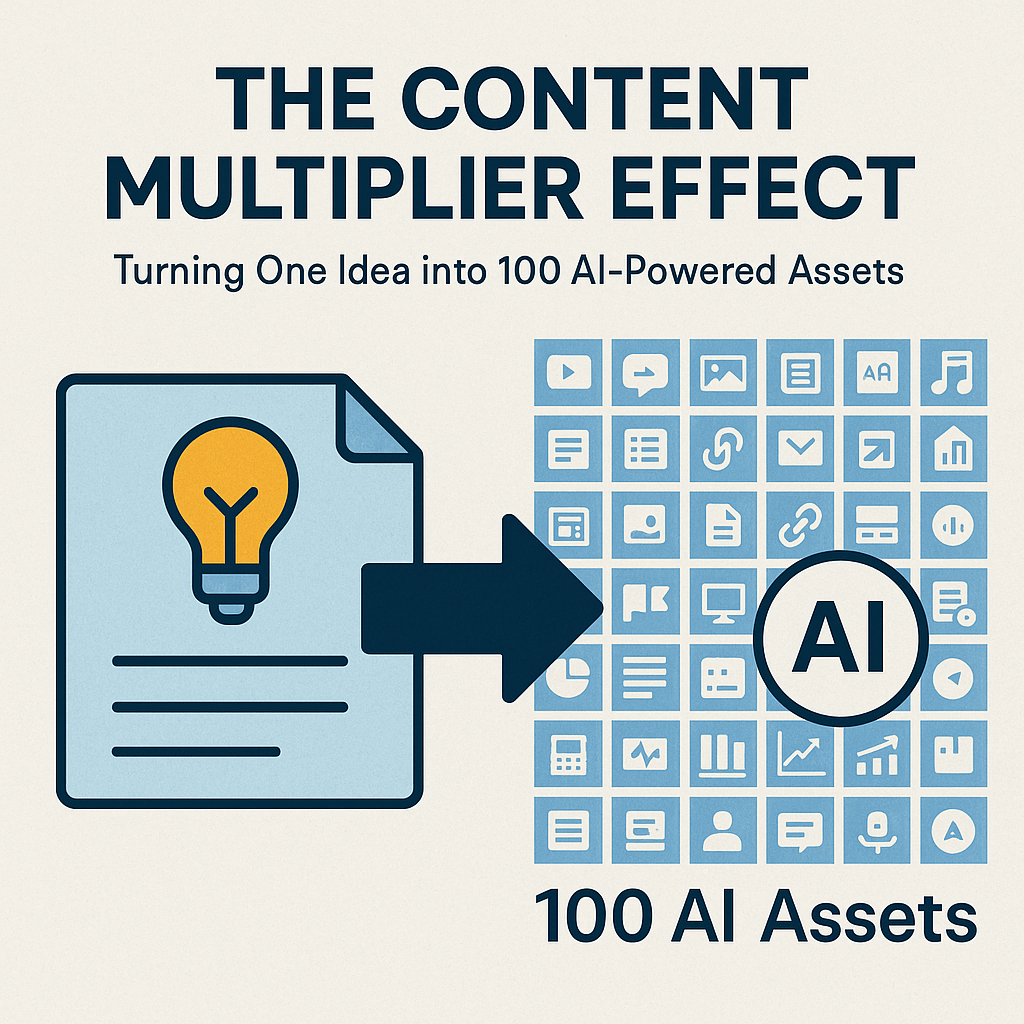In this article we’ll unpack:
What is meant by the content + commerce combo
Why social and phygital experiences matter now
Key elements of an effective journey
Real-world examples and tactics
How you can apply this in your business today
1. What We Mean by “Content + Commerce”
Content and commerce used to live in distinct zones: one team handled storytelling, brand awareness, and engagement; another focused on transaction, product pages, purchase paths. But as consumer behavior evolves, the boundaries are dissolving.
“Commerce” now doesn’t simply mean the checkout page. It can mean a “shop now” button inside a social post, an in-store QR code unlocking a special product video, or a livestream where you tap to buy while watching. Meanwhile, “content” isn’t just blog posts or Instagram captions—it’s part of the conversion funnel.
In other words: when a piece of content leads directly (or indirectly but immediately) to commerce, and when commerce is embedded within the content experience, you have the content + commerce combo.
That combo becomes even richer when layered with phygital experiences: the seamless blend of physical + digital. According to one source, phygital (also called hybrid commerce) is about “channel-agnostic journeys” where customers move between online and offline with continuity. Ping Identity+2Brandastic+2
2. Why “Social + Phygital” Are the Game-Changers in 2025
Social commerce: from discovery to checkout
According to digital-marketing trend reports, social commerce is projected to surpass $1 trillion by 2028. Content Connect+1 Social platforms are no longer just places to “find out about” things—they are destinations where shopping happens. When your content lives in social, your commerce can too.
Short-form video formats, livestreams, and interactive posts are surfacing as high-ROI channels. When you embed shoppable links, enable real-time engagement, or layer UGC (user-generated content) as social proof, you turn content into commerce.
Phygital experiences: bridging the real and the virtual
Retail and brand-experience articles emphasize that customers expect fluidity between online and offline: “Buy online, pick up in store (BOPIS)”, “scan in-store to unlock digital offers”, “virtual try-ons followed by physical pickup”. Ping Identity
For example, one article labels phygital as “the evolution of omnichannel” — not simply being everywhere, but enabling a continuous customer experience. Ping Identity+1
Why this matters
Higher lifetime value: Shoppers who engage across channels tend to spend more and remain loyal. Ping Identity
Experience expectation: As one retail-marketing trend piece states: “Customers now want more than transactions. They want experiences—personal, responsive, convenient, and even emotional.” Markletic
Competitive differentiation: As channels flatten and consumers jump between devices and places, brands that integrate content + commerce with seamless phygital layers stand out.
3. Key Elements of an Effective Content + Commerce Journey
To build a powerful content + commerce strategy anchored in social and phygital experiences, consider these core elements:
a) Leap-frog discovery to action
Your content should not simply “raise awareness”—it should create an opportunity (or invitation) to act.
Social video or carousel introduces a lifestyle scenario → embedded “shop now” link or live-stream product drop.
In-store signage or event QR code links to product pages, AR try-on, or social share.
b) Platform-native commerce
If the content lives on social, the commerce component should also be platform-native (or easily invoked). For example: shoppable livestream, in-app checkout, embedded product tags. Social commerce is not just transactional—it’s integrated natively.
c) Seamless physical-digital handoff
Phygital means no jarring switch when a customer moves from digital to physical (or vice versa).
Online → Offline: Order online, pick up in store; reserve online, test in-store; digital coupon scanned in-store.
Offline → Online: In-store interactive kiosk leads to purchasing via mobile; physical event unlocks exclusive online drop.
d) Contextual storytelling plus commerce
Content should deliver a story, mood, value proposition—not just a product pitch. The commerce action becomes a natural next step in that story. For example: a micro-influencer posts a day-in-the-life scenario wearing your brand; the viewer taps to shop the outfit seamlessly.
e) Unified data & identity across touchpoints
The best content-commerce integrations work because they know the customer—what they’ve seen, clicked, bought, visited. As one article on hybrid commerce noted: identity is the connective tissue. Ping Identity
f) Measurement and optimization
Track not only “views” and “likes” but “content to checkout” conversion rate, cross-channel behaviour (digital to physical and back), and lifetime value of phygital-engaged customers.
4. Real-World Examples & Tactics
Example 1: Shoppable Livestreams & Social Commerce
Brands hosting livestreams—on platforms like TikTok, Instagram or YouTube—where viewers can purchase while watching: one click jumps them from content to commerce. This fits both the content + commerce model and the social commerce trend. TheeDigital+1
Tactics:
Schedule a livestream with a product drop.
Provide exclusive offers only available during the stream.
Use influencers or brand ambassadors for authenticity and engagement.
Embed product links on screen or in chat.
Follow up post-stream with retrospective content and retargeting.
Example 2: In-store QR Codes + AR Try-On (Phygital)
Imagine a consumer browsing in-store. They scan a QR code on a display that opens an AR visualization of the product in use, shares short form content around it, and offers a “buy now” or “save for later” option. This creates a smooth flow: physical → digital storytelling → commerce. According to one article, QR campaigns are among the key phygital tactics in 2025. Brand Nexus Studios+1
Tactics:
Place QR codes on packaging or point-of-sale displays linking to product demos or reviews.
Deploy AR mirrors or mobile try-ons for “see it on you” experience.
Offer incentives (e.g., scan &-save 10%) tied to the physical visit.
Track offline behaviour triggered by digital content (via loyalty systems or app check-in).
Example 3: Pop-Up Events with Social Amplification
A brand hosts a temporary physical experience—a pop-up store, interactive display, live event—and layers content creation (UGC, influencer visits, IG stories) plus immediate commerce (on-site purchase or QR to online checkout). The experience becomes a social story, commerce channel and physical activation in one. Reports show that experiential retail is among the fastest-growing trends in 2025. BDS Solutions+1
Tactics:
Create an Instagram-worthy space with branded aesthetics (aligning brand visuals, e.g., your red-theme).
Invite micro-influencers or brand partners to engage and create content.
Integrate mobile checkout or click-to-buy on site for physical visitors.
Capture consented data (email, app sign-in) to continue the journey online.
Example 4: Social First Content + Physical Activation
A brand might launch a campaign on social with user-generated content, challenge hashtags, embedded micro-commerce links—then reward physical store visits or real-world engagement (scan at store, visit pop-up, redeem in-store). Content → click → store visit → purchase. The journey loops.
Tactics:
Launch a campaign hashtag inviting user posts (UGC).
Within the content, subtly link to shop.
On-site in physical locations, offer check-in via app or social share to unlock discount.
Merge data across the digital and physical channels to measure full funnel.
5. How to Apply This in Your Business Today
Step 1: Map Your Current Customer Journey
Where does discovery happen (social, search, in-store)?
Where does purchase happen (online, in-store, mobile)?
Where are disconnects or drop-offs?
Focus on identifying points where content and commerce are disconnected or friction occurs.
Step 2: Identify High-Leverage Content + Commerce Touchpoints
Pick 1-2 areas where you can merge content and commerce effectively. For example:
Social video featuring product + “shop now” tag.
In-store poster with QR code linking to exclusive content + purchase.
Live event online + product drop.
Step 3: Choose Your Phygital Layer
Decide how you’ll integrate the physical and digital. Options include:
QR codes or AR experiences in store.
BOPIS (buy online, pick up in store).
Mobile check-in or app experiences tied to physical location.
Pop-up events tied to digital promotional campaigns.
Step 4: Align Platforms & Infrastructure
Ensure your social platforms allow seamless checkout or redirect to optimized landing pages.
Make sure your inventory, CRM and loyalty systems can integrate online + offline interactions (so you know when someone moved from digital to physical).
Ensure analytics track cross-channel behaviour: Did content drive commerce? Did the physical visit complete the loop?
Step 5: Create Story-Led Content with Embedded Action
Remember: content should engage, inform, entertain—and the commerce option must feel like a natural next step, not a bolt-on.
Use narratives: show lifestyle, benefits, product in real life.
Then provide a clear call-to-action: “Tap to shop”, “Scan to unlock”, “Visit us today and receive…”.
Make sure the journey from content to purchase is minimal friction.
Step 6: Test, Measure, Optimize
Monitor conversion from content → commerce (Clicks, checkouts, store visits).
Measure cross-channel engagement: digital to physical, physical back to digital.
Use A/B testing for content types, commerce calls, phygital triggers.
Use data to refine: Which content formats drive purchases? Which physical triggers get activation?
Step 7: Maintain Brand Consistency and Authenticity
In the rush to monetise, don’t lose sight of brand voice, storytelling quality and customer trust. As per the marketing trends, authenticity is increasingly non-negotiable. Breef+1 Align your phygital experiences to your brand values, visual identity (e.g., your red-theme aesthetic and storytelling voice) and audience expectations.
6. Key Pitfalls to Avoid
Over-engineering the phygital experience without ensuring frictionless commerce or clear value to the customer. Repeat: seamless is key.
Separating content and commerce so that your story ends at “like” but not at “buy”.
Neglecting mobile/UX performance. A long checkout, laggy AR, or non-responsive content kills conversion.
Failing to unify data across channels—if you can’t see that a digital viewer visited your store, you won’t optimise.
Losing brand voice in service of “instant sale”—this undermines long-term loyalty.
7. The Future Outlook
Looking ahead, a few emerging shifts will further amplify the content + commerce combination:
Immersive experiences: AR/VR, multi-sensory retail, social shopping with real-time elements. Some academics highlight “virtual social immersive multi-sensory e-commerce” as a future frontier. arXiv
Creator-led commerce: As social platforms tighten commerce tools, creators become commerce channels; content becomes storefront.
Hyper-personalization at scale: Real-time dynamic content that adapts to the user’s context—physical location, device, previous behaviour—driving commerce via content. Content Connect+1
Ethical and value-driven experiences: Beyond transaction, customers expect meaning, transparency and brand purpose. Content + commerce must reflect that.
In 2025, the brands that succeed will be those that stop thinking of “content vs commerce” and start thinking “content + commerce” as a unified strategy—and not just online, but bridging into the physical. When social platforms become shopping channels, when retail spaces become storytelling zones, and when mobile, in‐store, livestream and social are all part of the same narrative journey, you create a powerful competitive edge.
By integrating storytelling content with embedded commerce triggers, and layering in phygital experiences that bridge online and offline, you build customer journeys that are seamless, immersive and high-performing.
For your brand, this could mean: your red-themed visual aesthetic used in social video, that ends with “shop the look” on the same screen; or a pop-up event where visitors scan a code and instantly add to cart; or a live social event where viewers purchase in real time. The key: content leads to action, action leads to loyalty.



